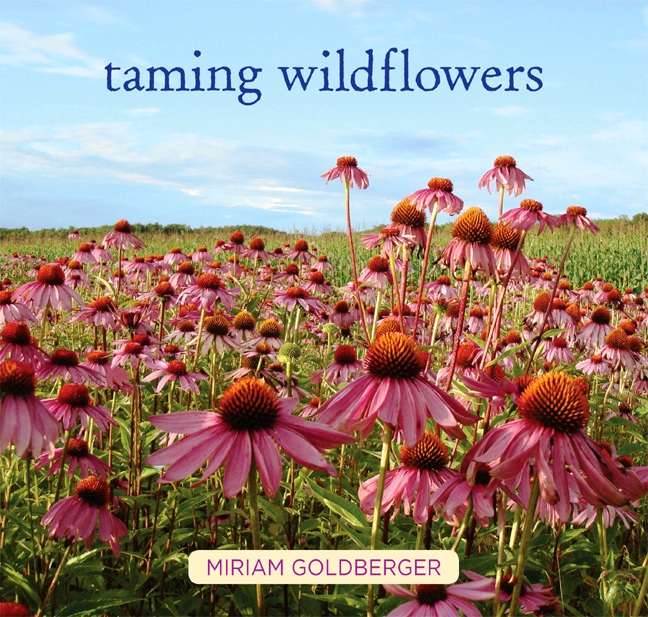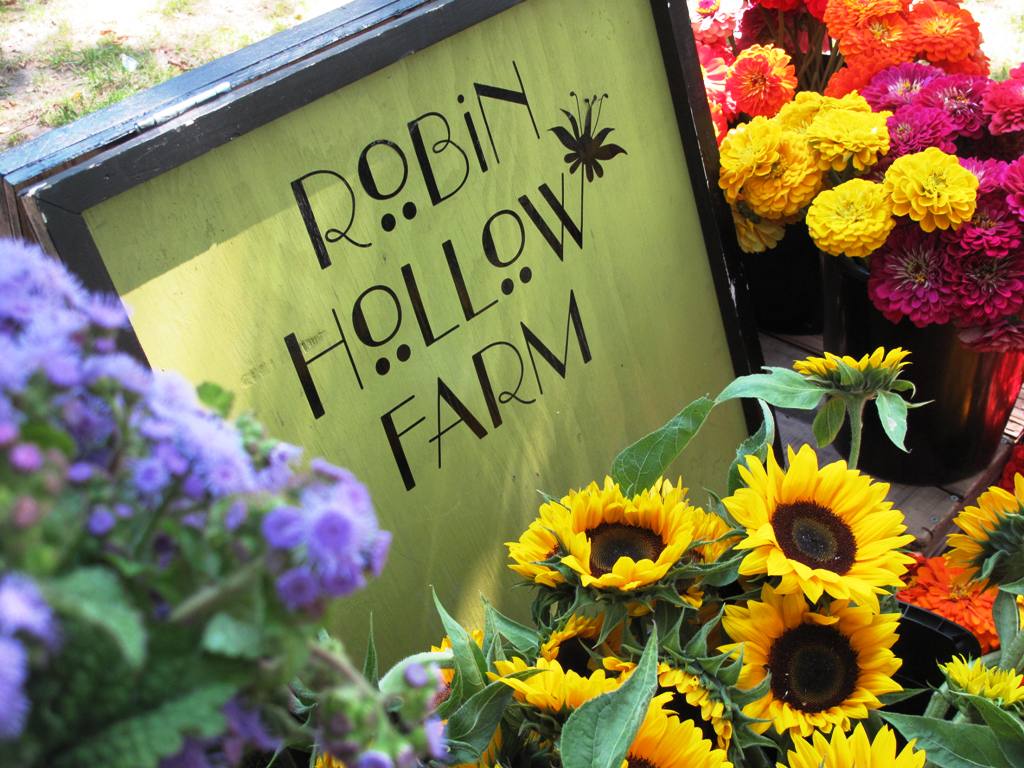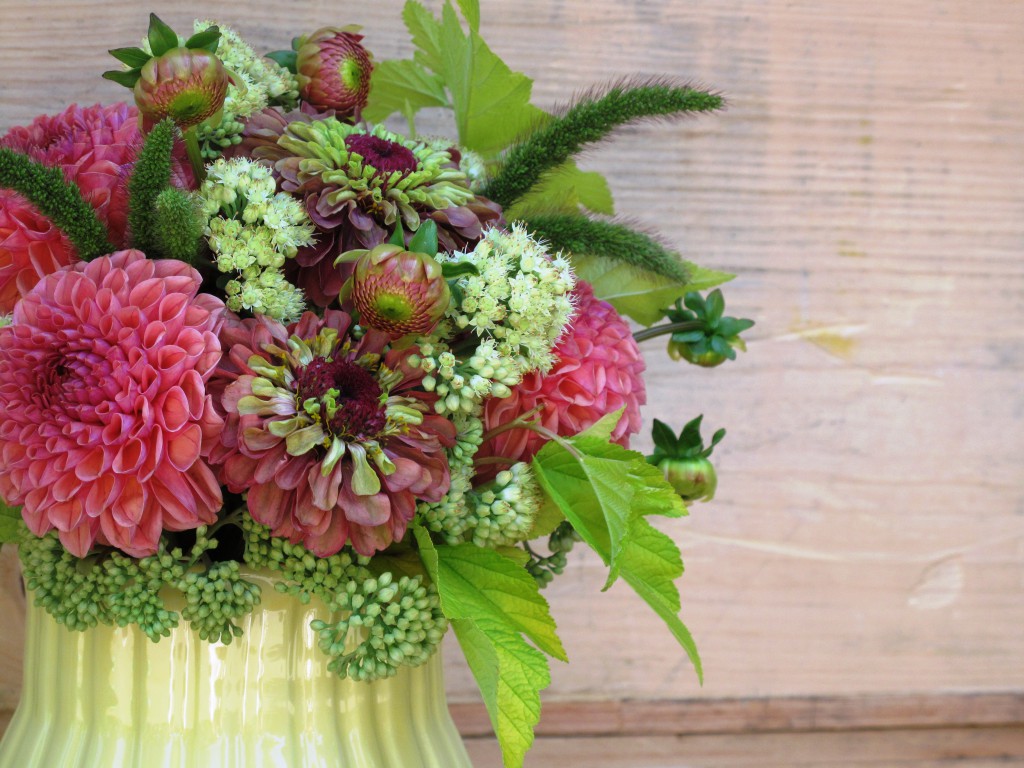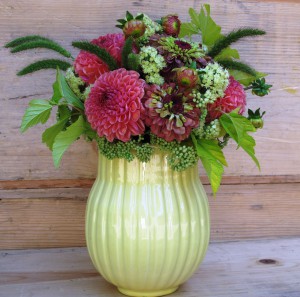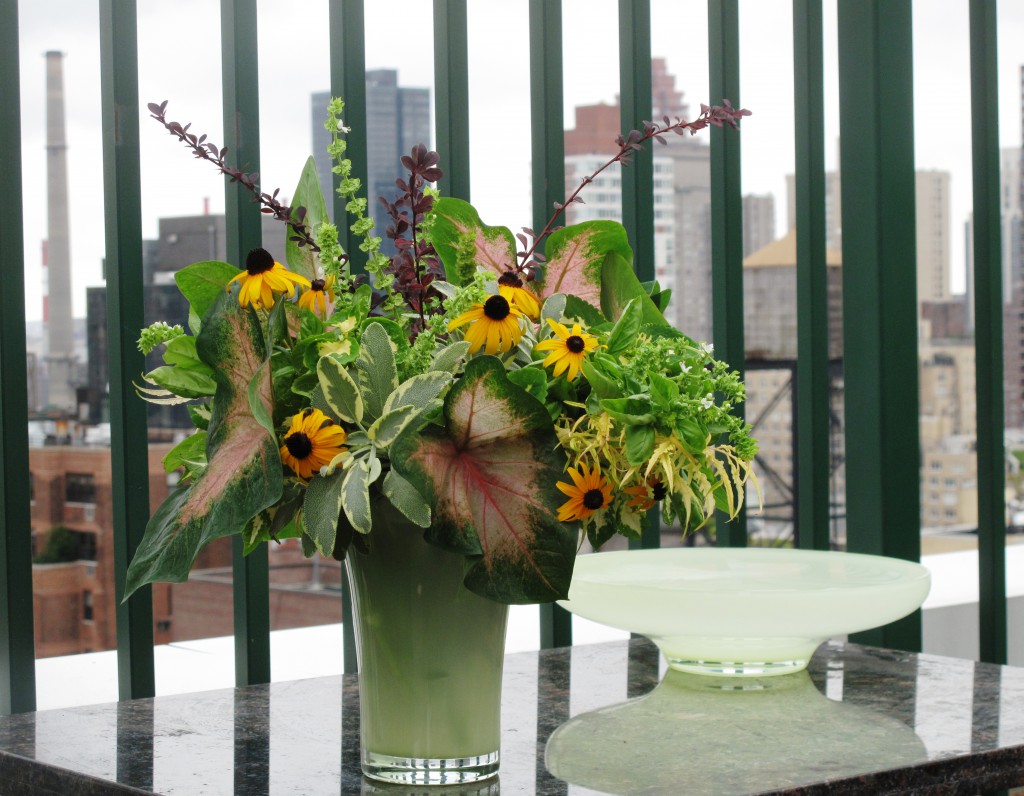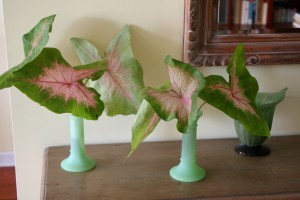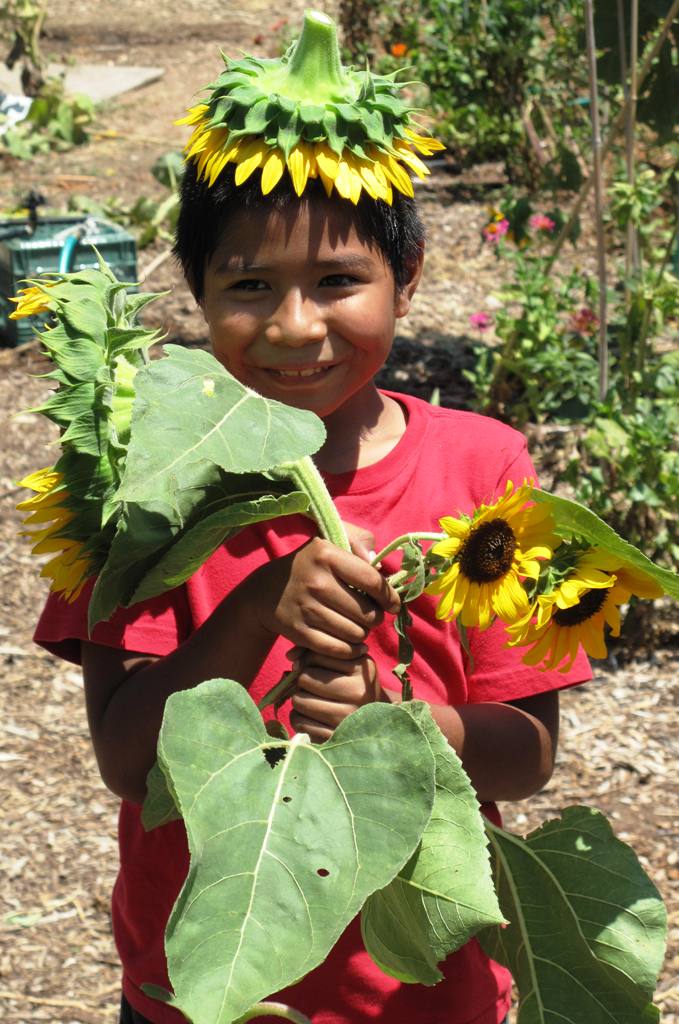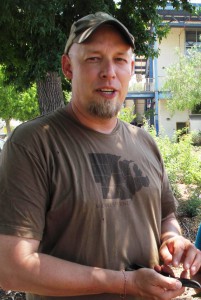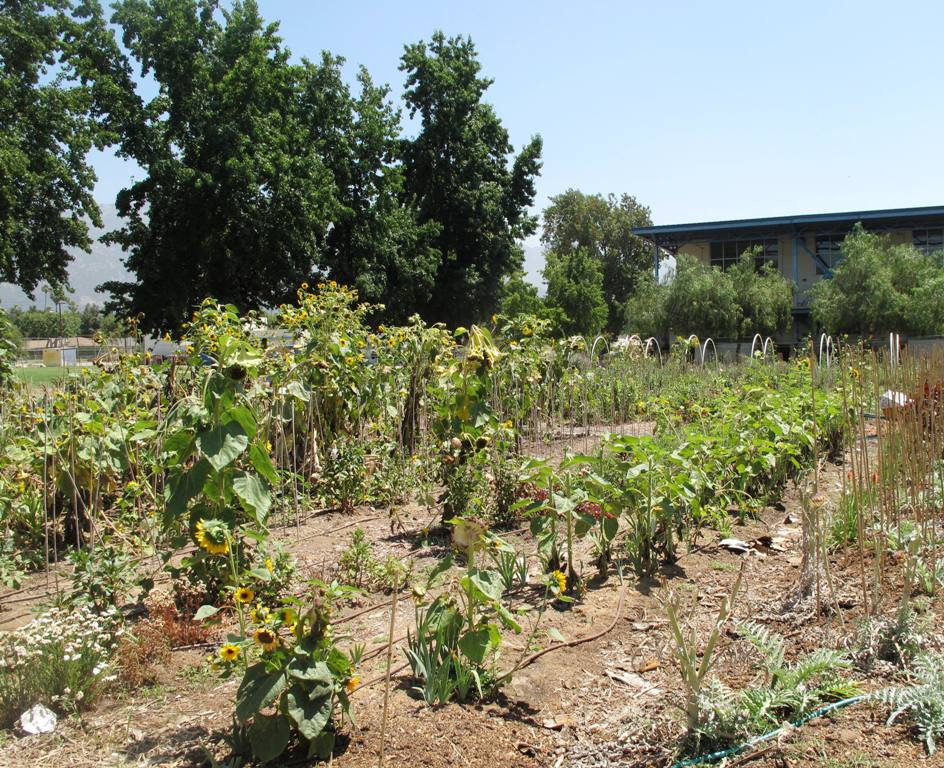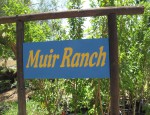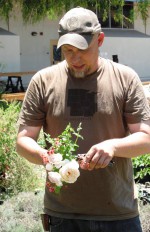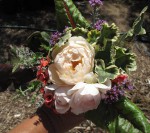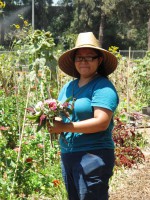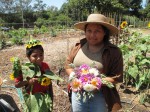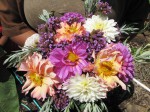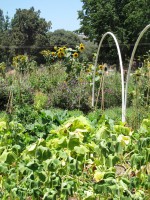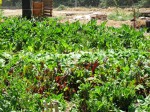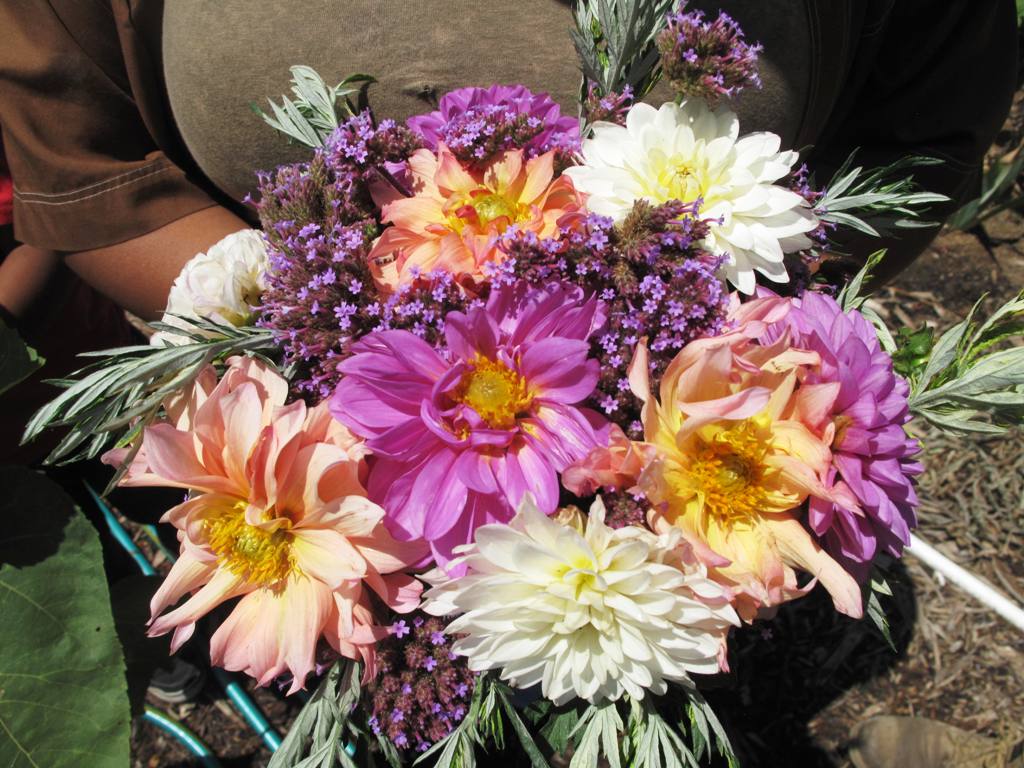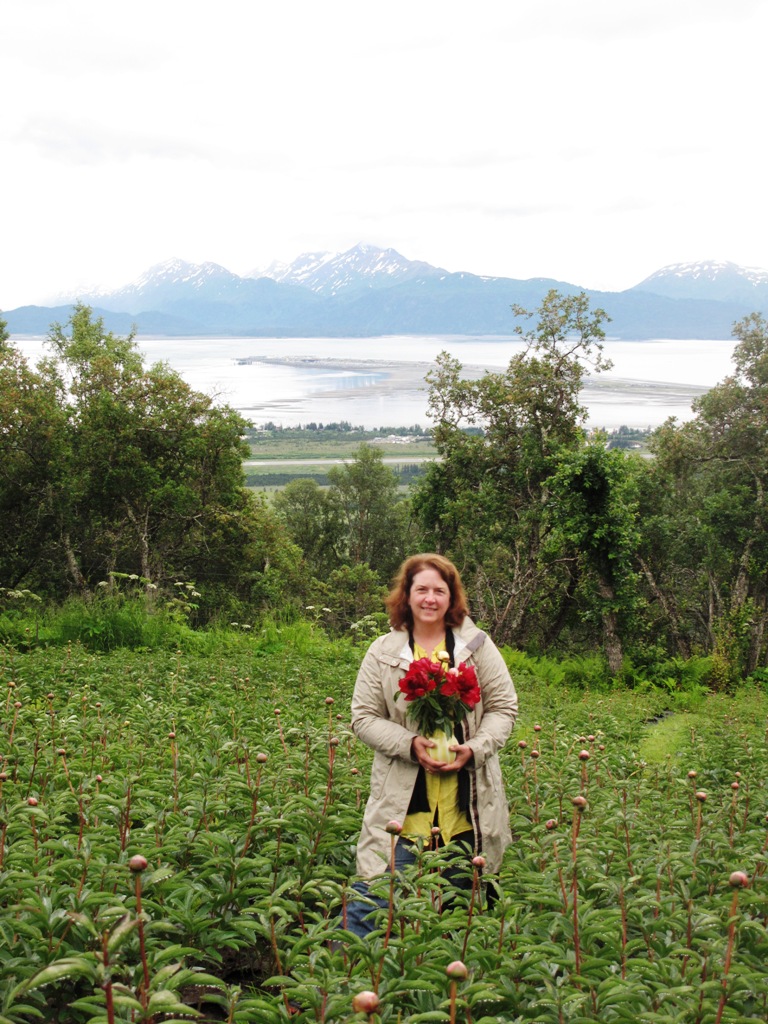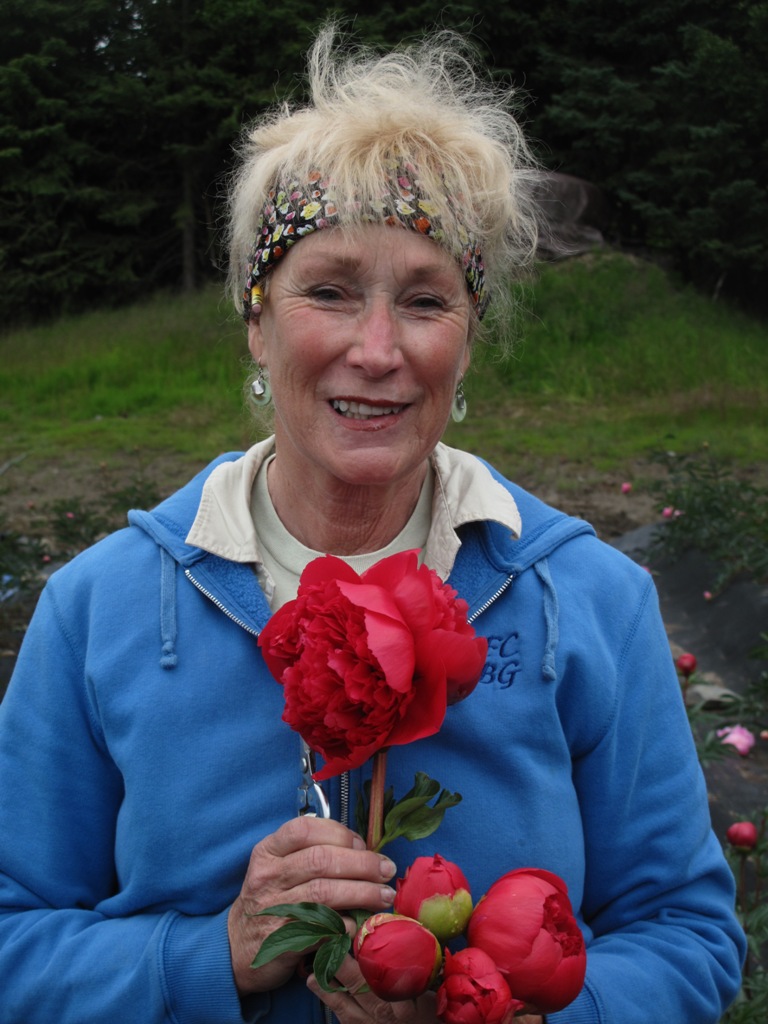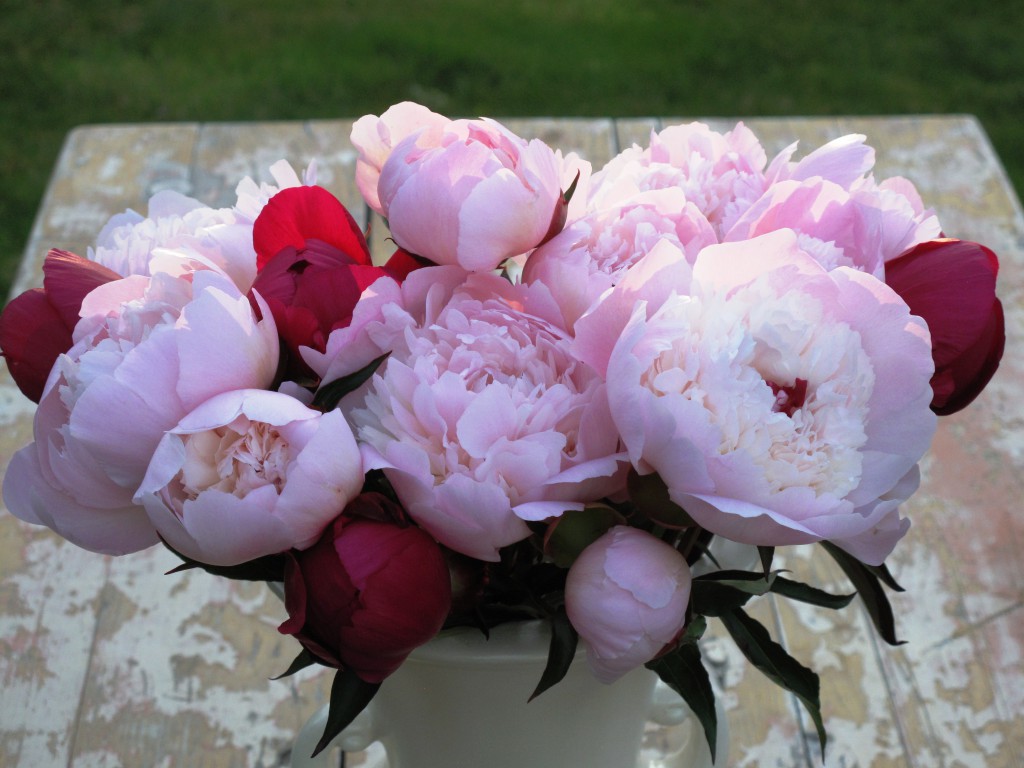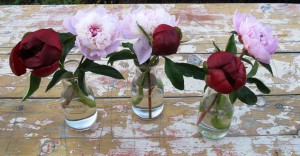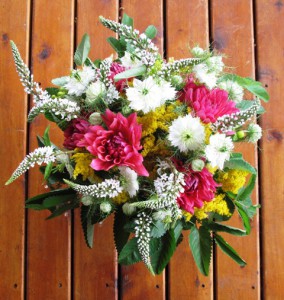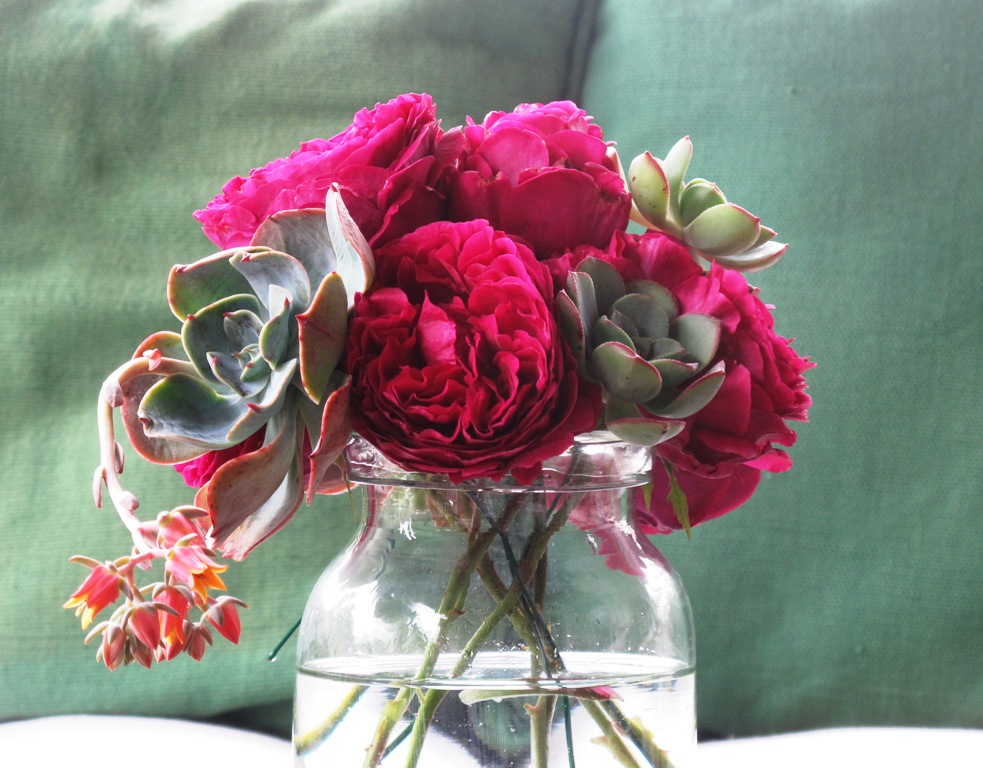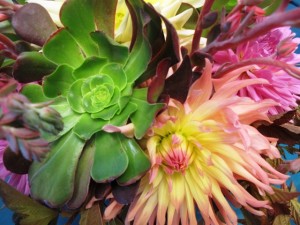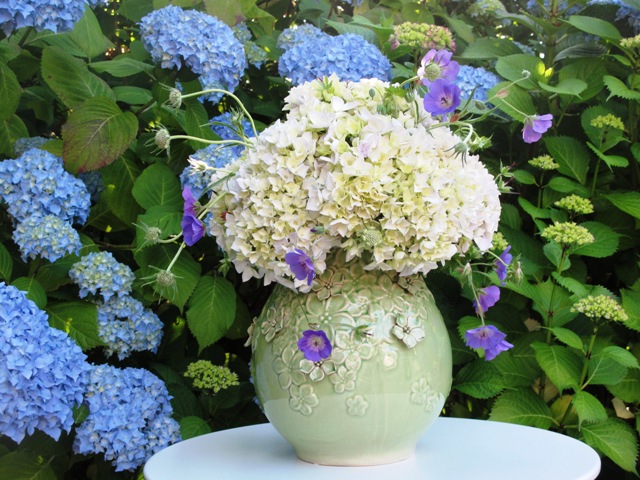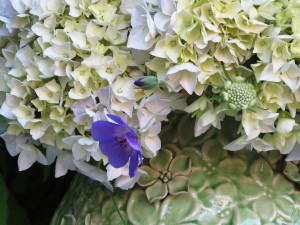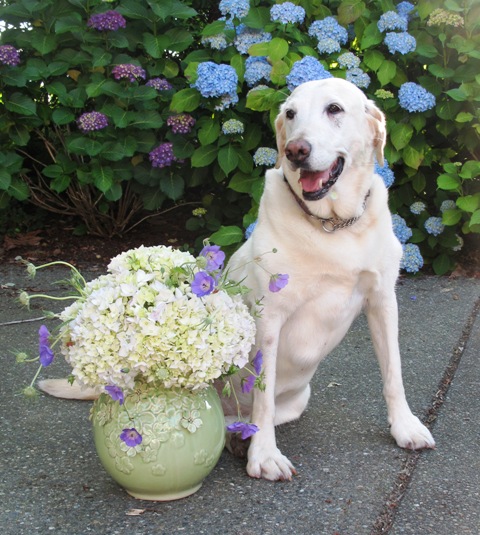Podcast: Play in new window | Download
Subscribe: Apple Podcasts | Podcast Index | RSS | More
This week’s podcast features two interviews that I recorded during an 11-day trip to many beautiful venues.It’s my summer vacation gift to you!
I met up with Miriam Goldberger of Wildflower Farm, a fellow author whose forthcoming book Taming Wildflowers promises to educate and inspire those of us in the floral industry.
Confusion about the terms “wildflowers,” “native plants” and “indigineous plants” always raises a red flag for me. I’m never sure what’s okay to grow or harvest and I certainly do not want to pick endangered plant species. Miriam’s mission is to demystify those terms as she singles out 60 flowers and grasses that fall into these categories. These are plants that are adapted to North America and have been since the first Euopean settlers arrived. They can be easily grown from seed and find a home in your garden, flower farm and floral arrangements.
Here’s a little background about how Miriam and her husband Paul Jenkins started Wildflower Farm in 1988:
Founded in 1988, Wildflower Farm began as wholesale dried flower growers. In 1991, Wildflower Farm expanded to become a pick your own flower farm. This quickly attracted the attention of people in Southern Ontario, drawing thousands of people to the farm during the summer months.
Over the years, Miriam and Paul became increasingly interested in the low maintenance advantages of growing native wildflowers. Working with plants that required no watering, no fertilizing and minimal annual maintenance was very attractive. At that time there were very few sources for truly native wildflower seeds and the seeds that were available were very expensive and of dubious quality and origin. Seeing an opportunity, in 1997, Wildflower Farm expanded its focus and has since blossomed into becoming a leading native seed grower supplying hardy, native perennial seeds and site specific wildflower seed mixes to homeowners, landscape contractors, municipalities and corporations.
During this same time, what began as a simple walk in the forest planted a seed in the minds of Miriam and Paul, when they spotted clumps of a rich green grass growing in the deep shade of the northern woods. Perhaps, they thought, these emerald patches could be used as natural grass pathways for their wildflower meadows. Trial and error led to the development of the drought-tolerant, low maintenance turf grass Eco-Lawn™ from a blend of fine fescue grasses, a move which has changed the face of “lawnscaping” for homeowners and businesses across North America.
Wildflower varieties range from Yarrows (Achillea millefolium) and Alliums to Culver’s Root (Veronicastrum virginicum) and Golden Alexanders (Zizia aurea). By the way, she mentioned Parthenium integrifolium, wild quinine — one of her favorite floral ingredients and I thought you’d like to see what it looks like.
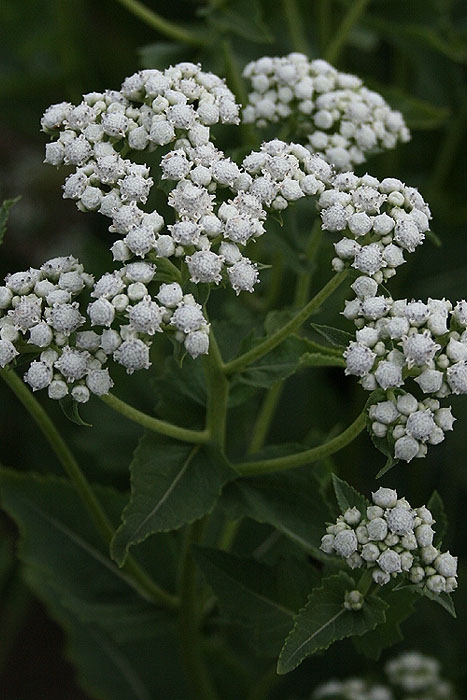
Wildflower Farms’ super-cool annual “Wild Quinine” — an uncommon variety favored by Miriam Goldberger.
Miriam’s book, Taming Wilflowers: The Complete Wildflower Cutting Garden Guide, will be published by St. Lynn’s Press in February 2014. Its subtitle is: “From Seed to Vase – Growing, Gardening & Designing with Wildflowers.” You can pre-order her book at the Taming Wildflowers web site here.
A few days after my conversation with Miriam, I traveled to Saunderstown, Rhode Island, to visit Polly and Mike Hutchison of Robin Hollow Farm. Polly and Mike specialize in flower growing and full-service wedding and event flowers through their floral studio. They fall into that unique category of “farmer-florist,” doing it all beautifully, with passion, artistry and professionalism.
I spent a wonderful 24 hours with these talented flower farmers who welcomed me into their home, shared amazing local seafood with me (thanks Matunuck Oyster Bar!), toured me through their growing fields, let me tag along on flower deliveries and observe the design process. Before I left, we grabbed a few minutes to sit down and talk about their lives and work as organic growers for today’s podcast. Here’s some background on Polly and Mike:
At Robin Hollow Farm, a wide range of gorgeous flowers and plants are grown in the fields and greenhouses. Mike and Polly farm using sustainable and/or organic methods on about five acres in Saunderstown, RI, just minutes from Newport and Providence.
Our flowers are grown without chemical pesticides, for our health and yours. Our fields are maintained with our cultivating tractor, our hoes, and mulches for maximum organic effect. We use these flowers at farmers markets, in our events, and for arrangements. Robin Hollow Farm is a proud member of ASCFG , the Association of Specialty Cut Flower Growers. Polly is currently President of ASCFG.
Discover and enjoy some of my favorite images from my 24-hour visit with this creative and dynamic couple:
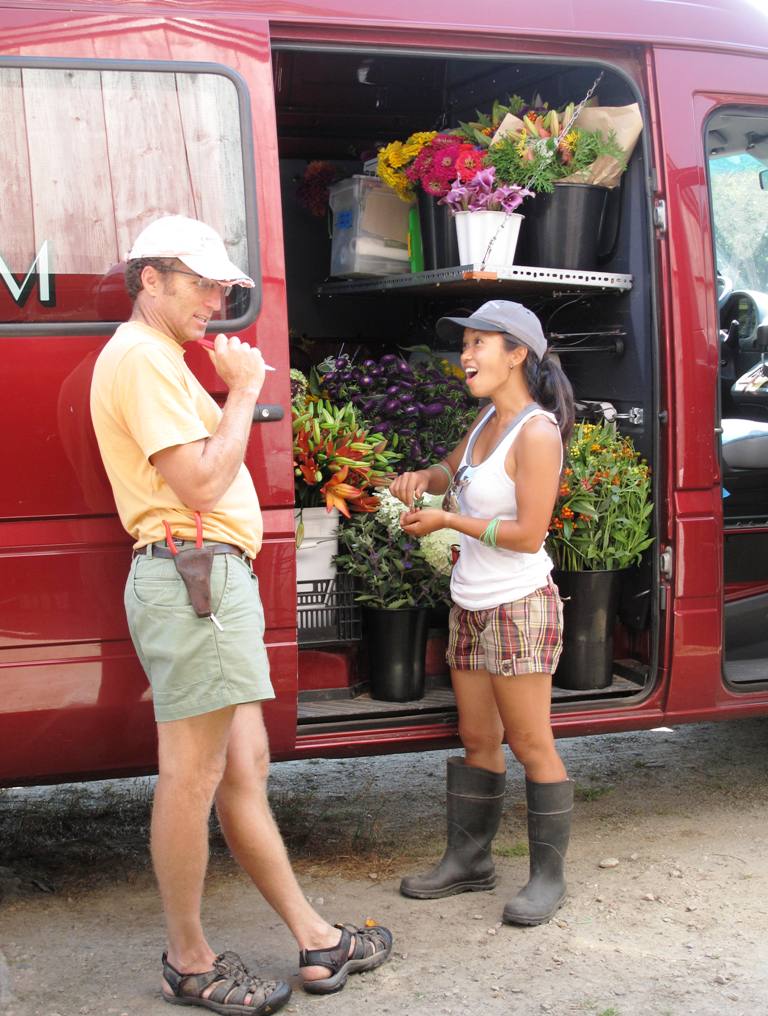
Mike Hutchison (left) chats with Tran. She’s a lettuce and greens grower who has been volunteering at Robin Hollow Farm to learn more about growing flowers.
READ MORE…










